Part Analysis
| General Data | |
| Manufacturer (OEM) | HEC |
| PCB Type | Double-Sided |
| Primary Side | |
| Transient Filter | 4x Y caps, 3x X caps, 2x CM chokes, 1x MOV, 1x Power Integrations CAP200DG (X capacitor Discharge IC) |
| Inrush Protection | NTC Thermistor SCK 205R0 (5 Ohm @25°C) & Relay |
| Bridge Rectifier(s) |
2x GBU15L06 (600V, 15A @ 115°C)
|
| APFC MOSFETs |
3x Infineon IPA60R099P7 (650V, 20A @ 100°C, Rds(on): 0.099Ohm)
|
| APFC Boost Diode |
Infineon IDH10G65C6 (650V, 10A @ 140°C)
|
| Bulk Cap(s) | |
| Main Switchers |
2x Infineon IPA60R080P7 (650V, 23A @ 100°C, Rds(on): 0.080Ohm)
|
| APFC Controller | |
| Resonant Controller |
Champion CM6901T6X
|
| Topology |
Primary side: APFC, Half-Bridge & LLC Resonant converter
Secondary side: Synchronous Rectification & DC-DC converters |
| Secondary Side | |
| +12V MOSFETs | 8x Perfect Way PWC012N04ES (40V, 132A @ 100°C, Rds(on): 1.2mOhm) |
| 5V & 3.3V | 2x DC-DC Converters PWM Controller(s): ANPEC APW7159C |
| Filtering Capacitors | Electrolytic: 3x Nippon Chemi-con (2-5,000 @ 105°C, W) 2x Nippon Chemi-con (2-5,000 @ 105°C, KZE) 2x Rubycon (6-10,000 @ 105°C, ZLH) 1x Rubycon (4-10,000 @ 105°C, YXJ) Polymer: 34x Nippon Chemi-con |
| Supervisor IC | Weltrend WT7527RT (OCP, OVP, UVP, SCP, PG) |
| Fan Controller | Nuvoton MS51FBAE |
| Fan Model | RLAZ S1352512EH-3M (135mm, 12V, 0.50A, Fluid Dynamic Bearing Fan) |
| 5VSB/12VSB Circuit | |
| Rectifier | PXY PS1060L (60V, 10A) |
| Standby PWM Controller | Excelliance MOS EM85690 |
The OEM is HEC, and the platform uses a contemporary design featuring a compact PCB that is overloaded with parts. The main transformer looks tiny for a 1200W PSU, but thanks to its design, it copes with the load. Unlike other OEMs (see CWT), the secondary side features a traditional heatsink, but I dislike the proximity of the filtering capacitors to it. On the other hand, the use of spade terminals for the connection of the AC receptacle means less trouble for engineers (and reviewers) who want to take out the PCB from the chassis.
HEC used a traditional half-bridge topology on the primary side, along with an LLC resonant converter. On the secondary side, we have a synchronous rectification scheme for 12V and a pair of DC-DC converters for the generation of the minor rails.
The transient filtering stage has all the necessary parts to block incoming and outgoing EMI emissions. Typically, it starts at the AC receptacle and continues on the main PCB. There is also a discharge IC to boost efficiency.
There is an MOV to protect from voltage surges and an NTC thermistor with a resistance of 5 ohms. Moreover, a bypass relay supports the NTC thermistor.
The two GBU15L06 parallel bridge rectifiers can handle up to 30A together, so they are more than enough to cover this platform’s needs.
The APFC converter uses three Infineon IPA60R099P7 FETs and one Infineon IDH10G65C6 boost diode. The bulk caps are by Nippon Chemi-con and offer a combined capacity of 1020uF. They are rated for 2,000 h at 105 °C and they also have a 450V rating, which is adequate for their purpose.
The APFC controller is a Champion CM6500UNX. It is supported by a Champion CM03X, which reduces vampire power consumption.
The two Infineon IPA60R080P7 primary switching FETs are installed in a half-bridge topology, and an LLC resonant converter is used for higher efficiency.
The LLC resonant controller is a Champion CM6901X.
The PSU’s main transformer.
Eight Perfect Way PWC012N04ES FETs regulate the 12V rail. They are installed on the business side of the main PCB, and a heatsink right above them is used to cool them down.
Two DC-DC converters generate the minor rails. The common PWM controller is an ANPEC APW7159C.
Chemi-Con and Rubycon provide the electrolytic filtering capacitors. Chemi-Con make the polymer caps.
You can find more information about capacitor performance and other specs below:
The supervisor controller is a Weltrend WT7527RT.
The standby PWM controller is an Excelliance MOS EM85690, and the secondary side rectifier is a PXY PS1060L
Many polymer caps and a single polymer one at the face of the modular panel form an extra ripple-filtering layer.
The soldering quality is ok.
The cooling fan is a RLAZ S1352512EH-3M, utilizing a fluid dynamic bearing.
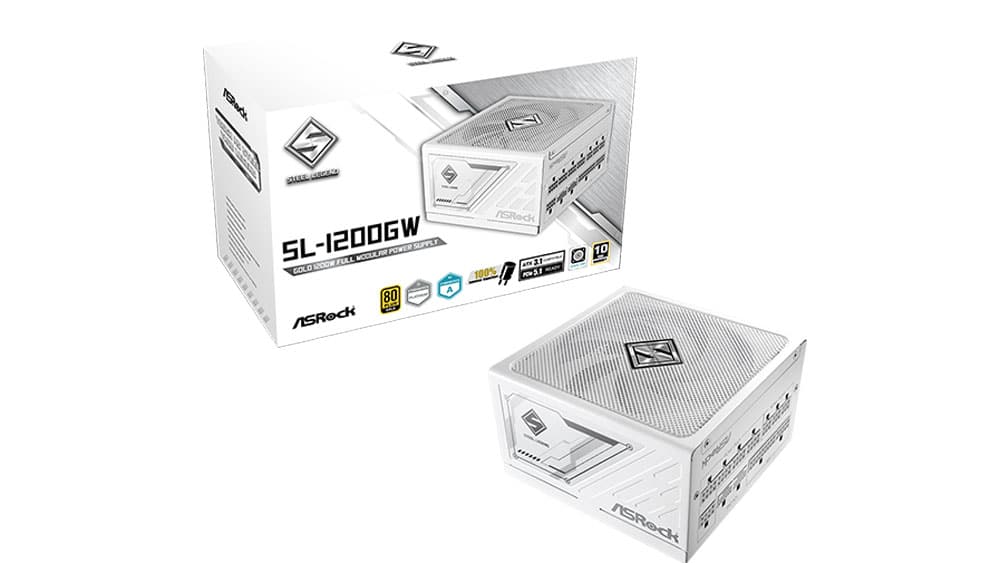
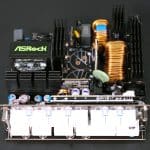
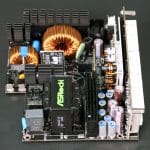
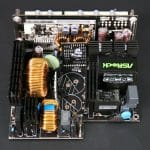
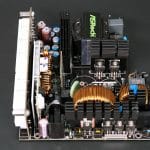
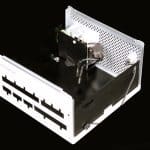
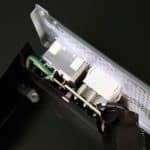
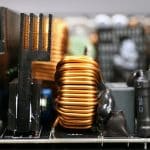
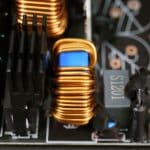
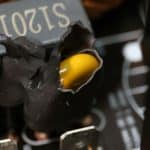
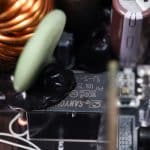
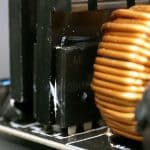

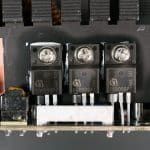
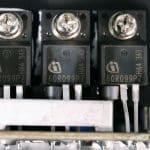
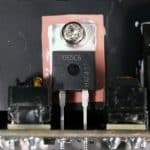
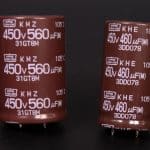
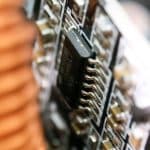
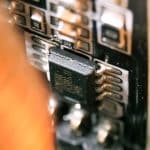
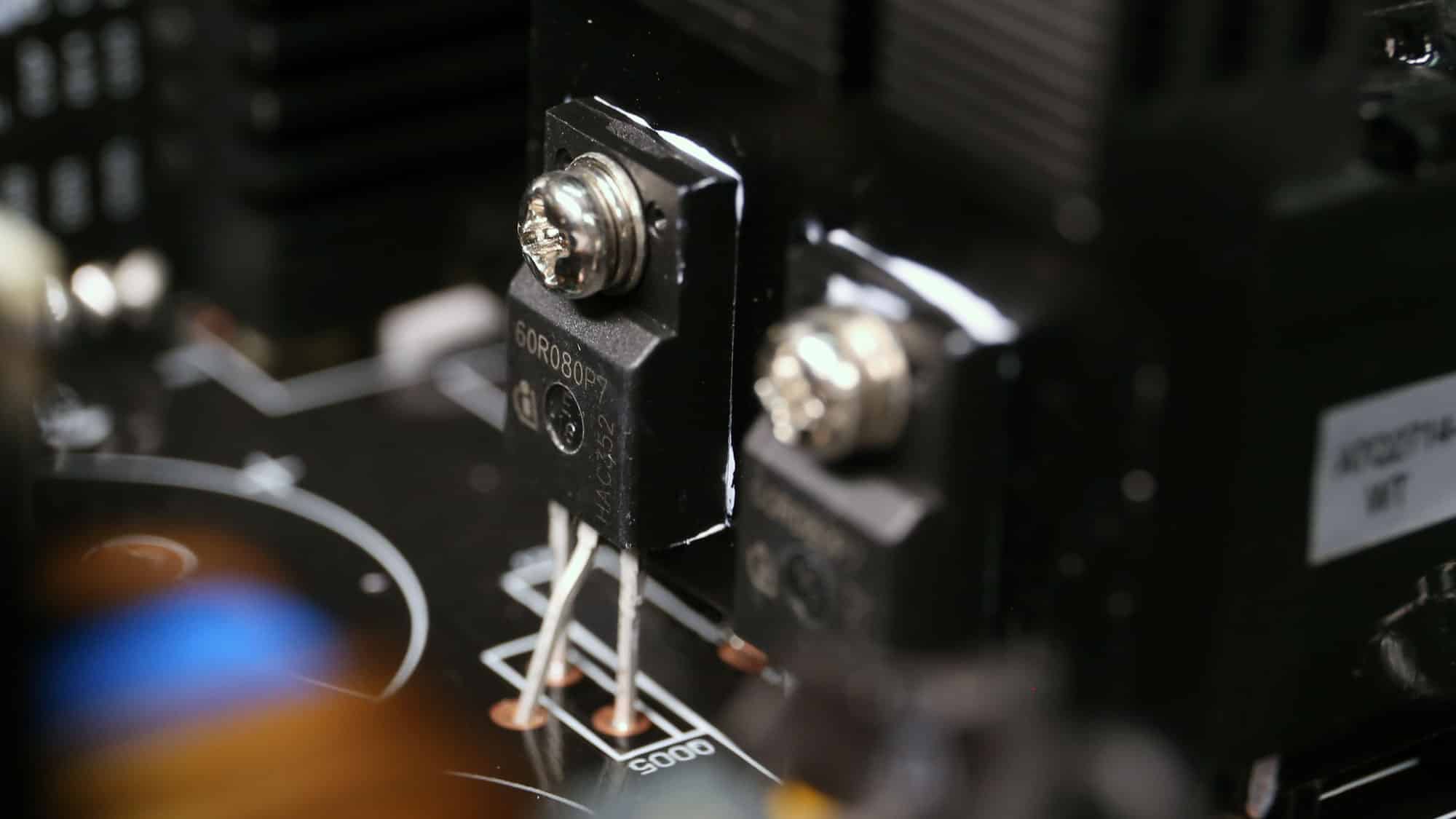
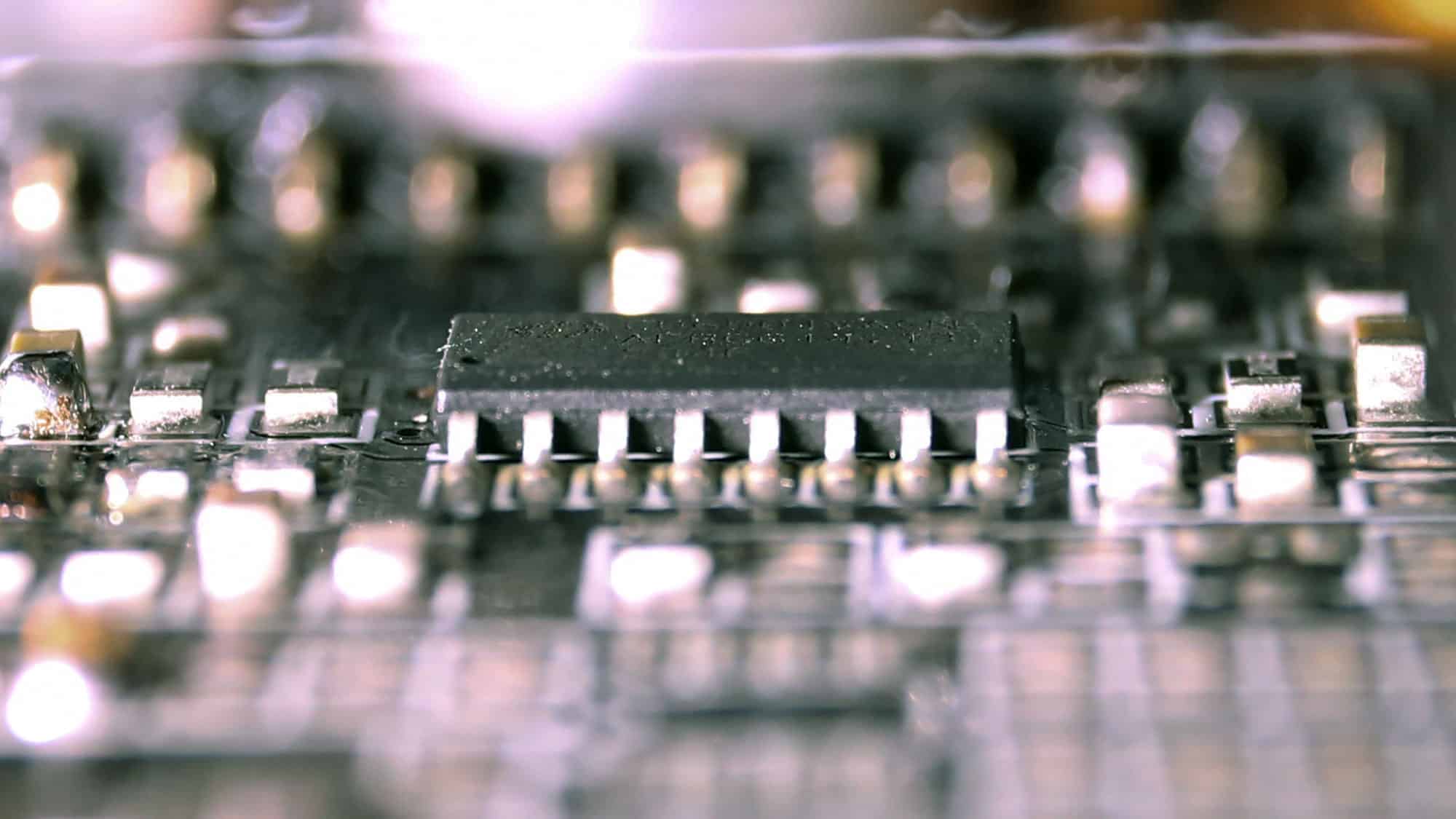
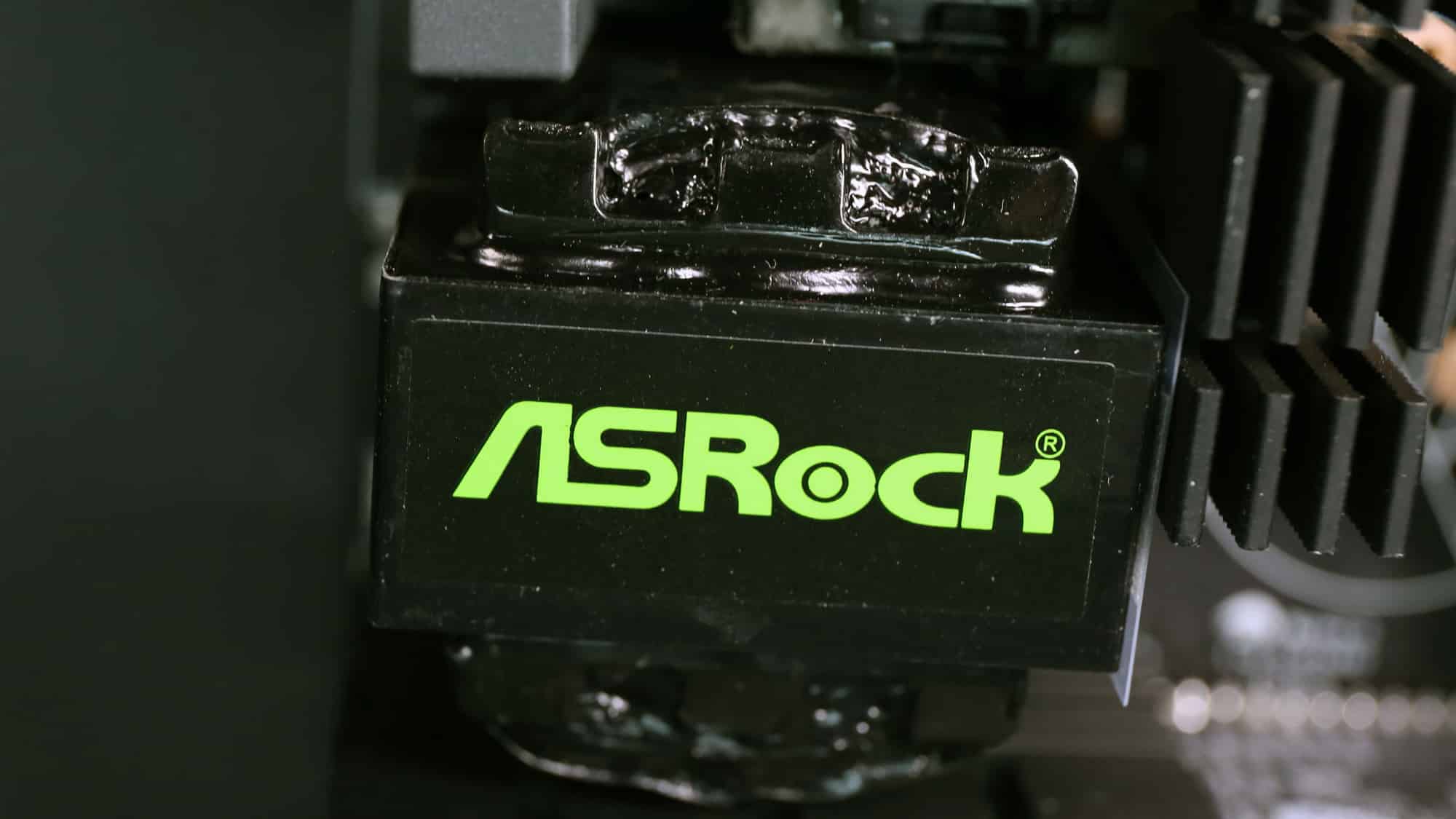
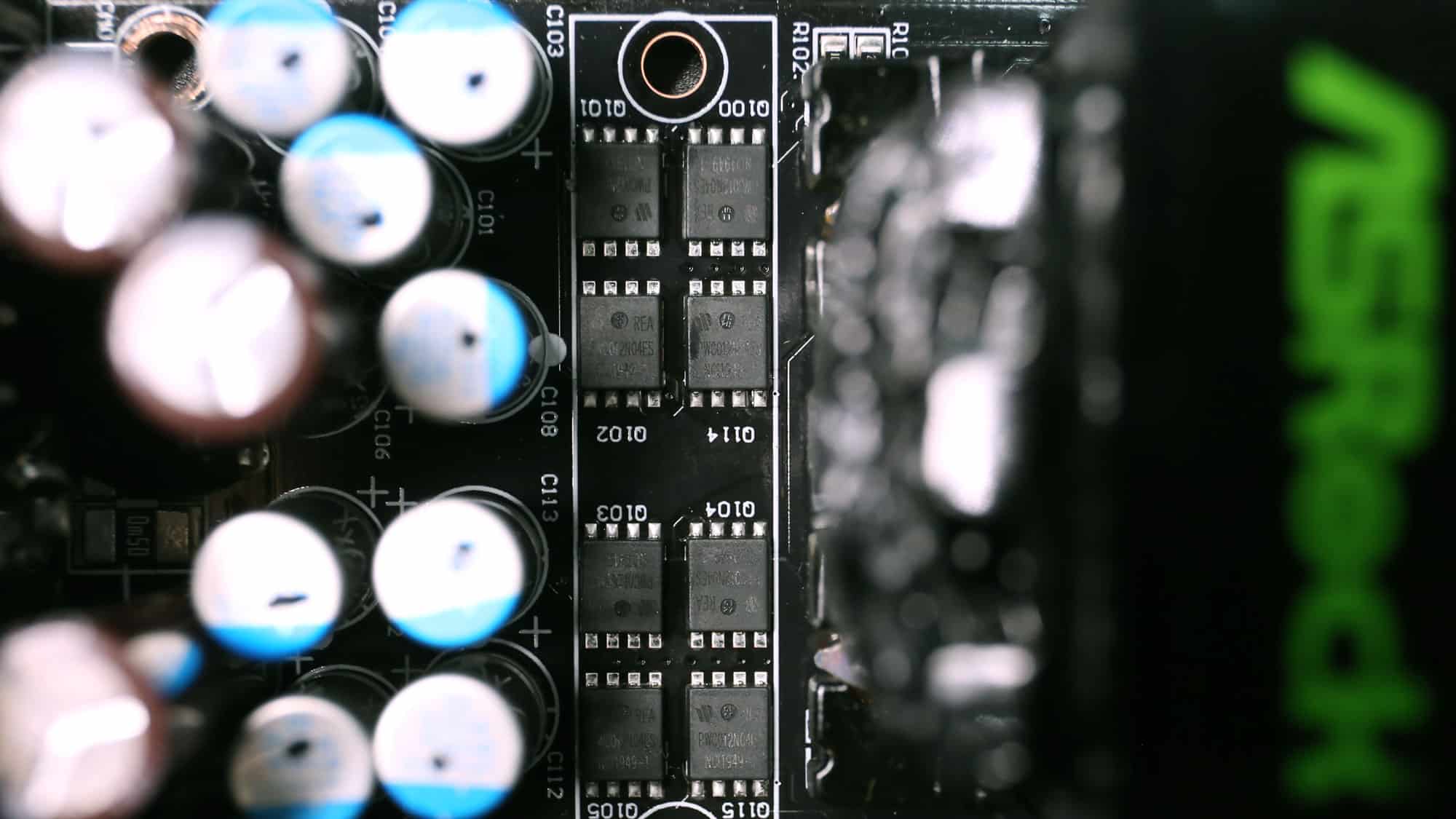
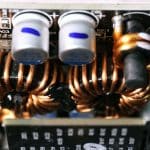
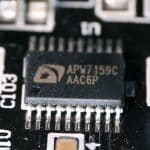
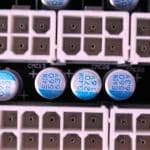

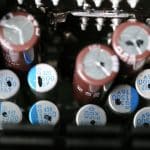
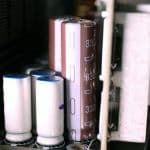


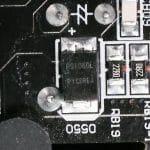


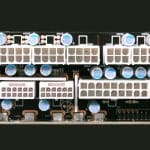
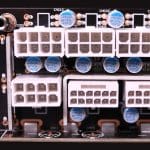
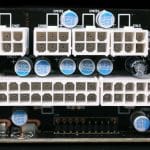
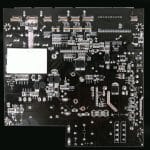
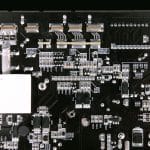
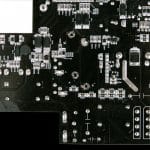
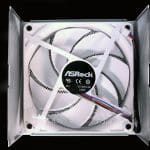
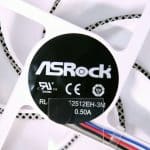
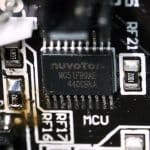
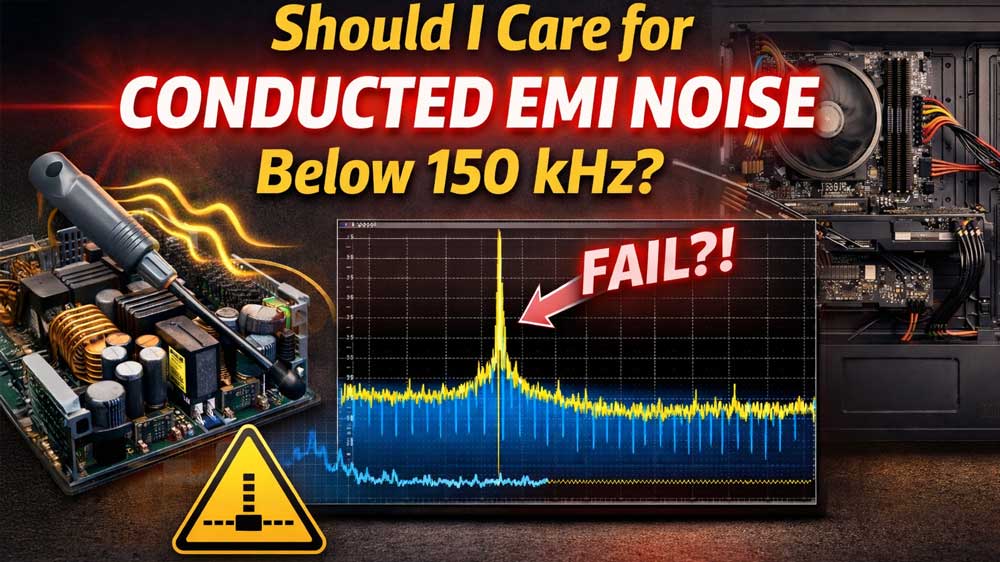
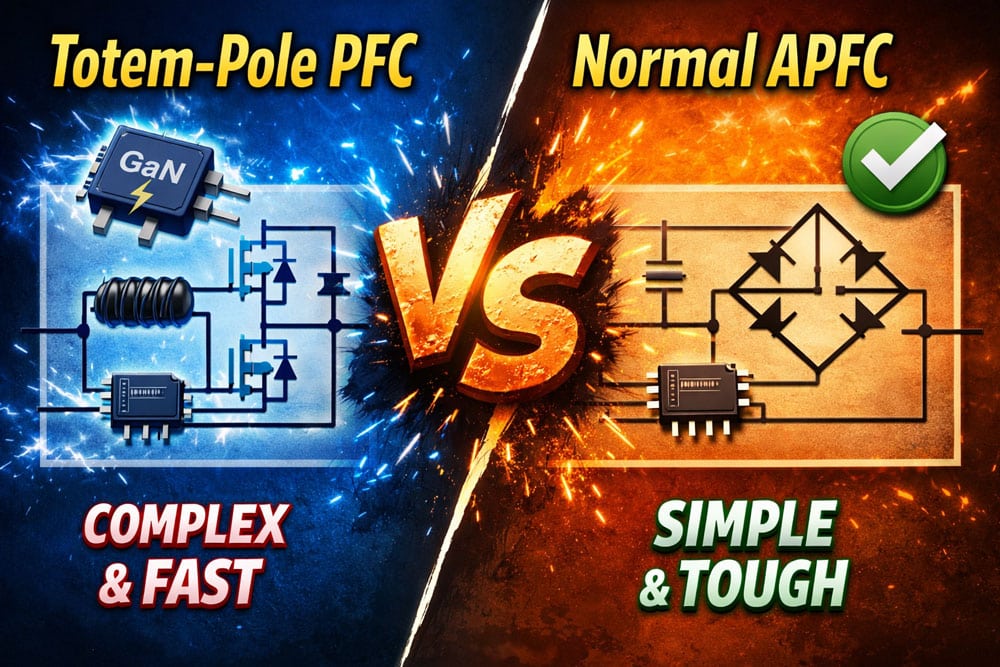
Aris would u update Gamemax Lioncore 1000/1200P series, i’ve seen they just had cybenetics platinum ratings
I will review them at some point. Their OEM is doing some serious effort to improve, and I try to help them (as I do with all the other OEMs who send me products for testing)
Love your work but could you in future articles explain every test with simple explanation? I always forget what’s what and have to go to your Tom’s HW reviews to check 😀
For example from the Hold up time segment there: “Put simply; hold-up time is the amount of time that the system can continue to run without shutting down or rebooting during a power interruption.”
If you could mention briefly at the beginning of each test that would be great. If it’s not hassle to paste it every time of course 🙂
I’m still rocking a 2019 Seasonic Focus GX which I picked based on Jonny Guru’s review and I’m afraid that it will die soon so started my research and I’m glad to see that there is a new Guru in the PSU review space so thank you for your work.
Also, your reviews now made me hesitant to buy Seasonic when the time is here lol hopefully they are still reliable even though they are now midrange in these tests
Will see what I can do about that 🙂 Thank you!
I really was hoping für the FSP Mega TI to be next in line…
FSP is still working on this…